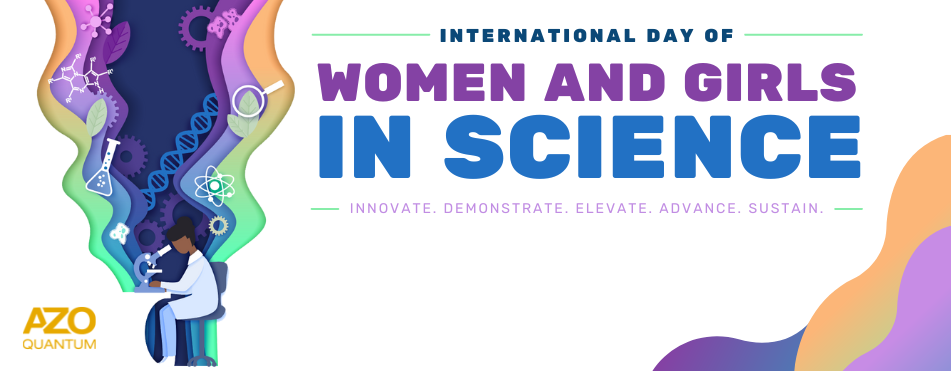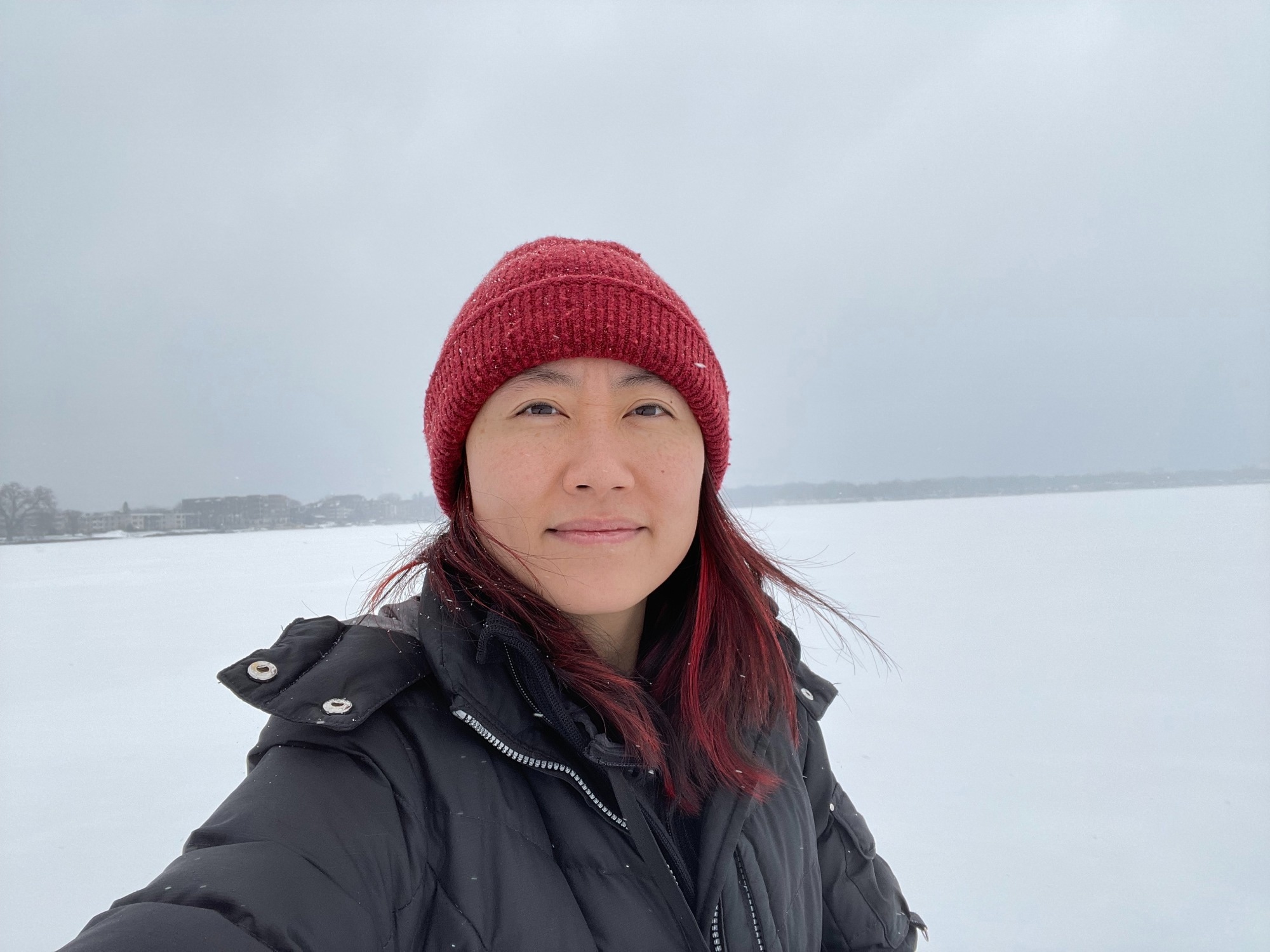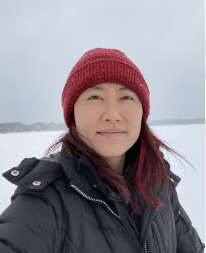
Ahead of the International Day of Women and Girls in Science, AZoQuantum spoke with Jennifer Choy, an assistant professor at the University of Wisconsin-Madison, about the field of quantum physics and her impressive research career in this sector.
Please can you introduce yourself and your current professional role?
I am Jennifer Choy, an assistant professor of electrical and computer engineering at the University of Wisconsin-Madison. I lead a lab whose research focus is on quantum sensing and nanophotonics. I also teach classes related to my research and other topics such as orbital mechanics and nuclear instrumentation.

How did you start out in science, and what inspired you to continue pursuing a profession in STEM and physics in particular?
My journey in science started with an inspiring teacher, when my eighth-grade biology teacher at Cardozo High School, Dr. Dean Saghafi, recruited me to work on a biology research project after class. Dr. Saghafi believed in engaging his students in research, so they become critical thinkers and mature students. He had an indelible impact on me and, because of his influence, one of my main professional goals is to get students interested in STEM and facilitate their training to become scientists and engineers.
I am interested in many different fields but I am especially drawn to supportive and collegial environments. I’m indebted to Prof. David Cory for first introducing me to quantum research and my graduate advisor Prof. Marko Loncar for giving me the freedom to explore this field while providing multi-disciplinary training.
You are currently conducting research as part of the Quantum and Photonic Engineering group. What are the overarching aims of this research collective and what is it currently exploring?
The overall themes in our group’s research are the development of miniaturized and mobile quantum sensors and the engineering of quantum platforms to make them more accessible and practical for applications. Quantum sensing can be broadly described as the measurement of discrete degrees of freedom (such as electron energies) in quantum systems to infer the physical properties of their environment. We are interested in two material platforms in particular: neutral atoms and solid-state color centers. These platforms have complementary properties that make each uniquely advantageous for certain sensing applications, as well as challenges that currently limit their performance and utility.
Atoms of a particular species that are isolated from the external environment in an enclosure behave identically and have properties that do not change with time. These features make atoms excellent for precision measurements in lab environments, but it can be challenging to maintain similar performance with constraints on the size of the sensing system or in a mobile environment. There are some fundamental performance limitations as atomic sensors get smaller, but one deterrent to miniaturization is the sensor hardware, especially optical components that take up considerable volume and increase system complexity. Our group is interested in applying techniques in nanoscale optics and integrated photonics to control atom-photon interactions and miniaturize atomic sensors.

Image Credit: VectorMine/Shutterstock.com
In the meantime, color centers in crystals, formed by vacancies in wide-bandgap semiconductors, are analogs of trapped atoms in the solid state that can operate at room temperature without the need for vacuum hardware. These color centers are especially well-suited for sensing small and spatially varying perturbations of magnetic fields, temperature, and strain in their environment. Since color centers are tethered to the crystal (as opposed to neutral atoms in a vacuum enclosure), their sensing performance is also more vulnerable to material impurities and defects, particularly at crystal interfaces and surfaces. Our group seeks to better understand and mitigate material-induced degradation of the quantum properties of these color centers.
What is the most exciting aspect of your current research focus?
The field of quantum information science offers interesting research directions in almost every science and engineering discipline and thus provides ample opportunities for interdisciplinary collaborations with colleagues in materials science, chemistry, condensed matter physics, nuclear engineering, and fusion science. These interdisciplinary interactions are among my favorite aspects of this research direction.
The quantum field is advancing at an incredible rate. Where do you see research heading in the next 5 to 10 years?
I expect to see the continued development of more practical applications of quantum technology. This will require further integration of quantum materials, electronics, algorithms, and photonics in order to create functional and robust sensor, communications, and computing systems.
For quantum sensing, there may also be a focus on improving the accuracy and sensitivity of these systems for use in fields such as navigation, earth science, and biological imaging. In navigation, for instance, quantum accelerometers, gyroscopes, and clocks hold the promise of providing precise navigation solutions without relying on the Global Positioning System. Meanwhile, sensitive electromagnetic field sensors based on atoms can advance the state-of-the-art in biological imaging for clinical diagnosis and biomedicine.
Looking back over your career so far, are there any roles or moments that stand out to you as being particularly important or enjoyable?
I don’t recall any moment in particular, but I am gratified anytime my work is able to make my parents happy. And they get really excited when I show them my lab or tell them I’m giving a talk at a conference!
Do you have any advice for young women or girls who want to pursue a career in STEM?
Just go for it and have great fun!
Are there any women in STEM who particularly inspire you?
I have been very fortunate to have the mentorship and support of inspiring women in STEM, including Prof. Evelyn Hu at Harvard University, who has always been very generous with her technical and professional advice, and Profs. Wendy Crone, Irena Knezevic, and Susan Hagness from UW-Madison, all of whom have invested in my professional development. In addition to providing mentorship and creating support systems for junior faculty members, all these faculty members also lead by example across all aspects of their research, teaching, and service activities.
About Jennifer Choy
 Jennifer Choy is an Assistant Professor at the Department of Electrical and Computer Engineering at UW–Madison, where she focuses on engineering quantum systems for sensing. She was previously a Principal Member of Technical Staff at Draper Laboratory, where she led developments of atomic and optical inertial sensors. She received S.B. degrees in Physics and Nuclear Engineering from the Massachusetts Institute of Technology, and a Ph.D. in Applied Physics from Harvard University.
Jennifer Choy is an Assistant Professor at the Department of Electrical and Computer Engineering at UW–Madison, where she focuses on engineering quantum systems for sensing. She was previously a Principal Member of Technical Staff at Draper Laboratory, where she led developments of atomic and optical inertial sensors. She received S.B. degrees in Physics and Nuclear Engineering from the Massachusetts Institute of Technology, and a Ph.D. in Applied Physics from Harvard University.
Disclaimer: The views expressed here are those of the interviewee and do not necessarily represent the views of AZoM.com Limited (T/A) AZoNetwork, the owner and operator of this website. This disclaimer forms part of the Terms and Conditions of use of this website.